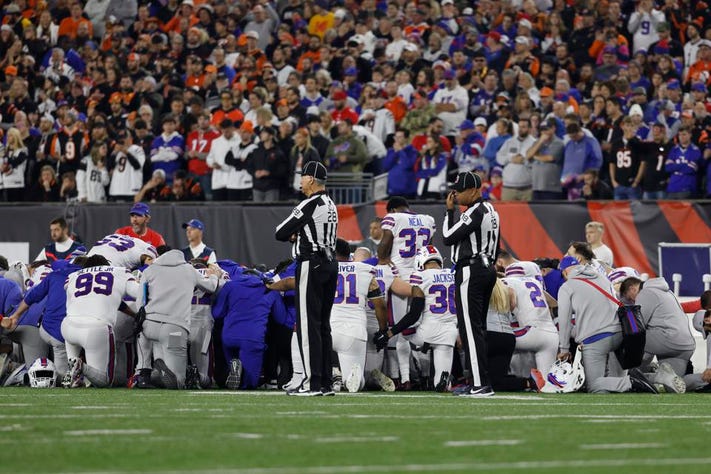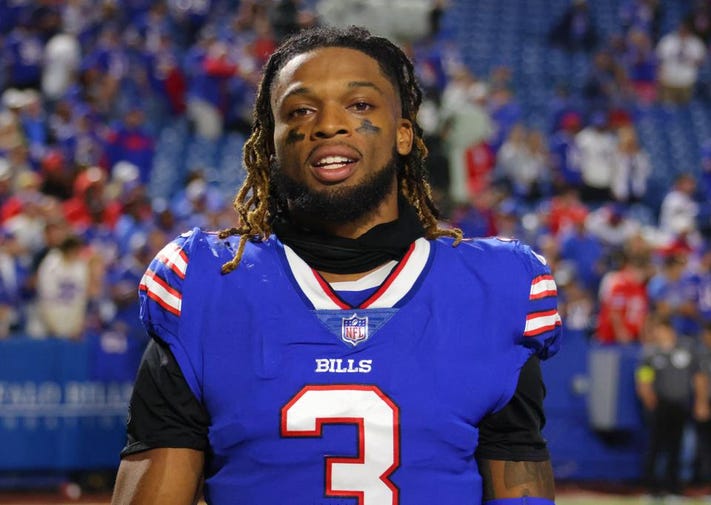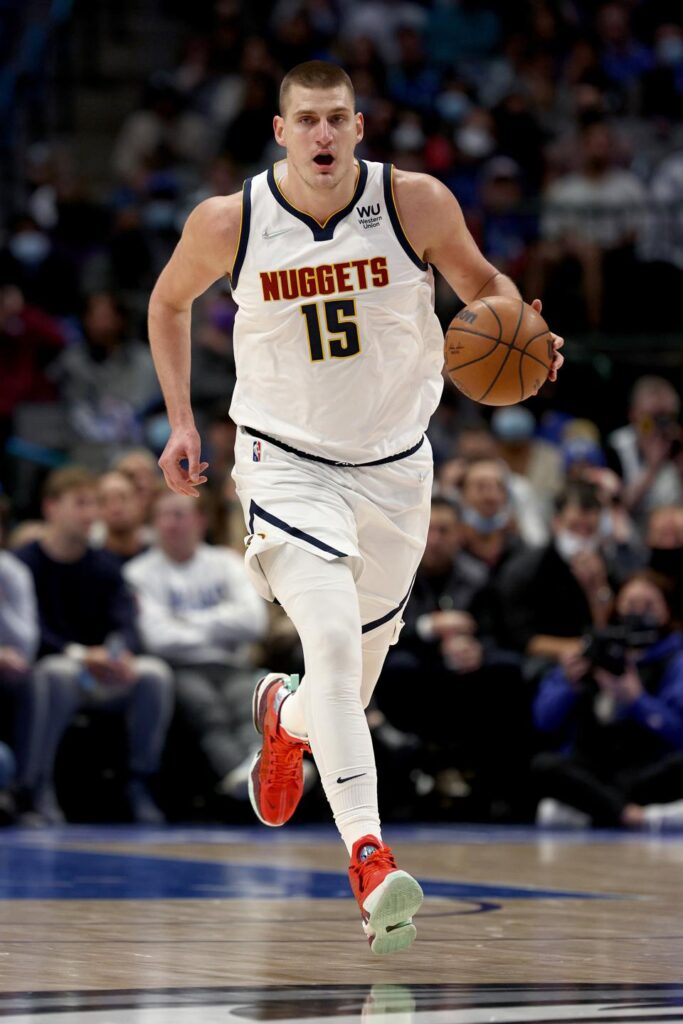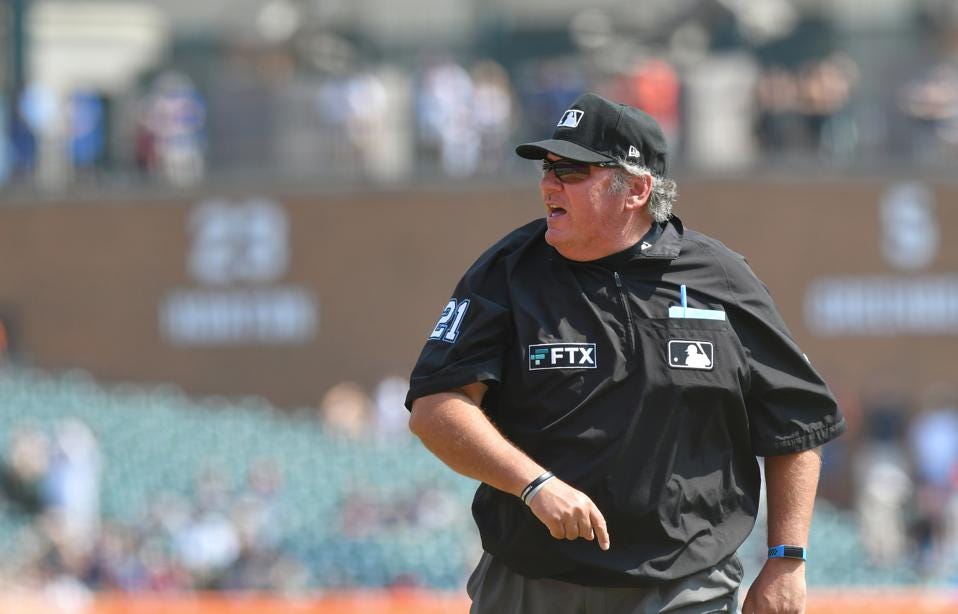Kyrie Irving Trade Is Tipping Point For NBA Collective Bargaining Talks.
Originally written by Leonard Armato for Forbes.com
Originally written by Leonard Armato for Forbes.com
What just happened with Kyrie Irving and the Brooklyn Nets is a foreshadowing of what will become a big issue in collective bargaining negotiations starting at the end of next season between the NBA players and owners. Star players now seem to be dictating where they will play, which coach and general manager they will have, and what players they want around them. They are exercising their power and influence both on and off the court.

MEDIANEWS GROUP VIA GETTY IMAGES
What just happened with Kyrie Irving and the Brooklyn Nets is a foreshadowing of what will become a big issue in collective bargaining negotiations starting at the end of next season between the NBA players and owners. Star players now seem to be dictating where they will play, which coach and general manager they will have, and what players they want around them. They are exercising their power and influence both on and off the court.
This is in marked contrast to the way it used to be in the NBA. Owners want to turn back the clock. In 1975, Kareem Abdul-Jabbar politely requested a trade after 6 seasons, 3 MVPs, and 1 Championship in Milwaukee. Abdul-Jabbar’s request was an anomaly, but it was conducted in a highly emotionally intelligent manner. The reason such request happened so seldom is that there was an unwritten rule that players would play their entire career for a franchise. Think about Bill Russell and Bob Cousy with the Celtics, Jerry West and Elgin Baylor with the Lakers, and Willis Reed and Walt Frazier with the Knicks. Fans lived and died by their teams and star players who they rooting on their entire careers.
However, things started to change and the players began gaining more star power. It began 1980s when Magic Johnson and Larry Bird ushering in “Showtime” and David Stern and his star pupil and ultimate successor, Adam Silver, started marketing NBA players as aspirational. Soon NBA players became household names and universally admired. This trend became even more evident and powerful when Michael Jordan came into the league and brands like Nike began using “Air Jordan” in creatively compelling advertising. This exploded NBA TV ratings and made NBA star players even more well-known and in the case of Jordan, idolized.
As a result, the players, particularly the stars like Jordan, began to feel as if they were indispensable to the success of the league and wanted to exert more influence. In the collective bargaining negotiations of 1999, this power struggle surfaced in the form of a lockout where half of the season was lost due to a work stoppage before a compromise was reached resulting in a new collective bargaining agreement. During that lockout period the players seriously considered forming a league separate from the NBA but those plans were abandoned when the compromise was reached.
However, in the years after, star players like Shaquille O’Neal, Kobe Bryant and LeBron James became synonymous with NBA basketball and the power wielded by players began growing, much to the chagrin of owners. The prime example of this, is players have increasingly dictated where they want to play, who they want to play with, and who they want to coach them.
Shaquille left the Orlando Magic for the Lakers. After several years struggling to win a championship with the Lakers, he insisted they bring in Phil Jackson to coach the team because he felt the Zen Master was the only coach who could navigate the relationship between himself and Kobe. I happen to know this because I was representing Shaq at the time and in his defense, it actually worked and the Lakers won three straight NBA championships.
Then James famously said he was taking “talents to South Beach” when he signed with the Miami Heat and convinced Chris Bosh to come with him to form a triumvirate with Dwayne Wade, winning 2 championships in a row. It started the trend of players deciding who they want to play with and where. On the heels of that a string of star players the likes of Kawhi Leonard, Anthony Davis, James Harden and Ben Simmons began demanding trades.
Most recently, as this season began Kevin Durant was entering the first year of a four-year, $194.2 million contract extension with the Brooklyn Nets when he requested a trade unless the GM and coach were fired. It shocked everyone and became water cooler conversation. Durant eventually withdrew his request, but now he and his teammate Irving were traded out of Brooklyn at the trade deadline spearheading the most recent national topic of sports conversation.
Kyrie Irving’s recent trade punctuates the trend that players are exercising their power to dictate where they play and have usurped that power from the owners of NBA teams Needless to say, this is very unsettling to those owners. Look for this to be front and center in the upcoming discussion between the NBA and the NBA Players Association as they square off in collective bargaining.






















